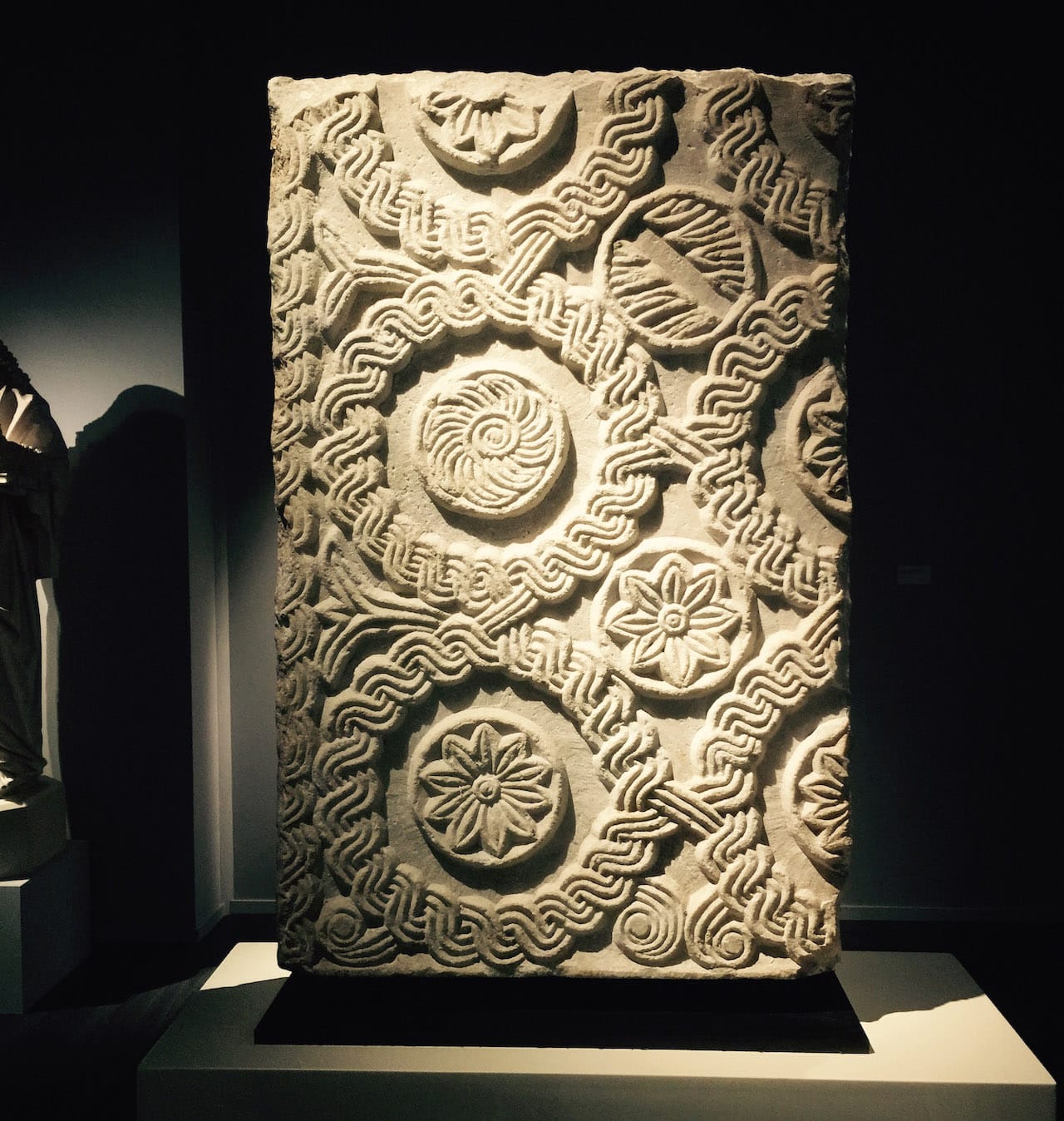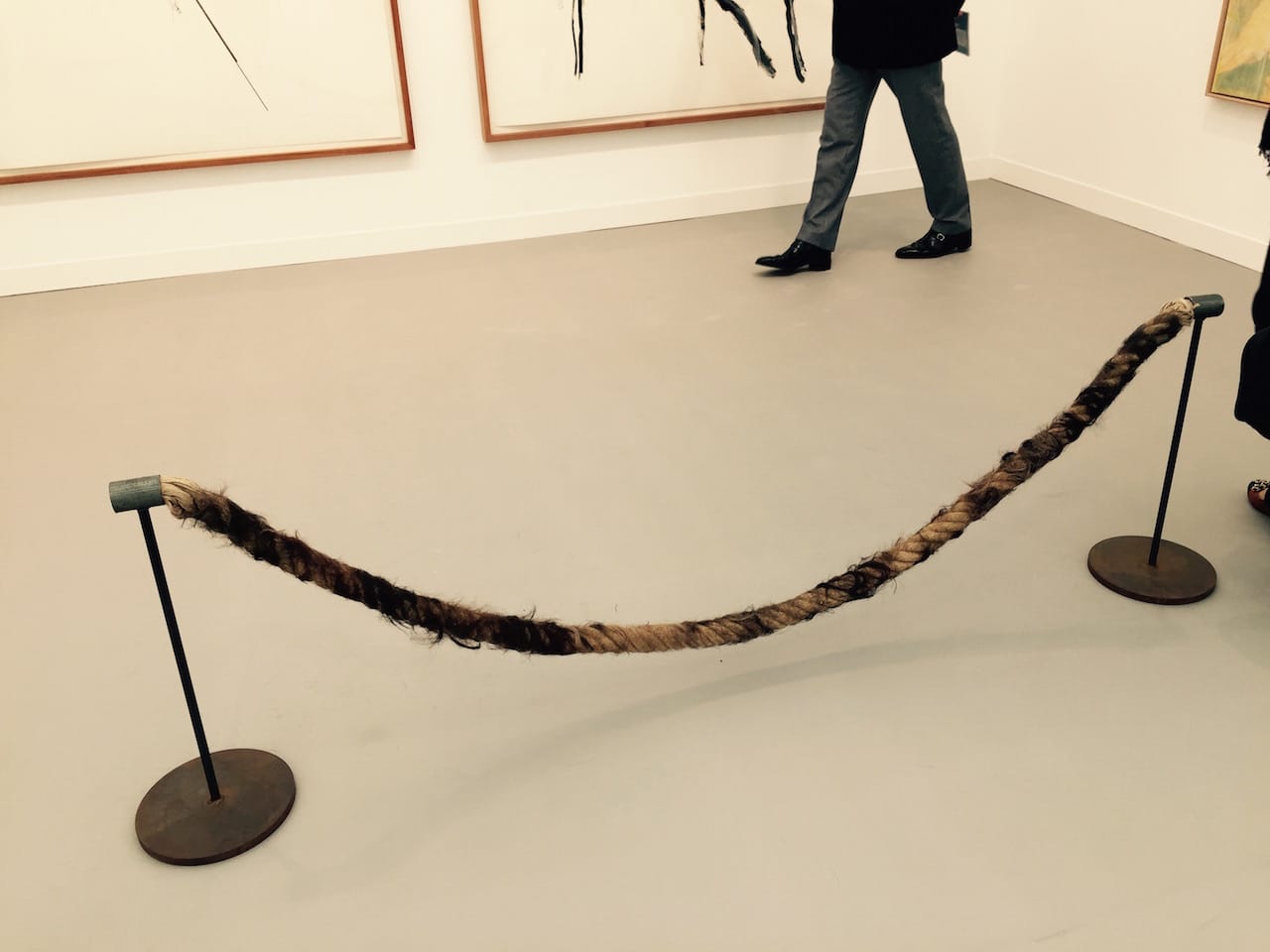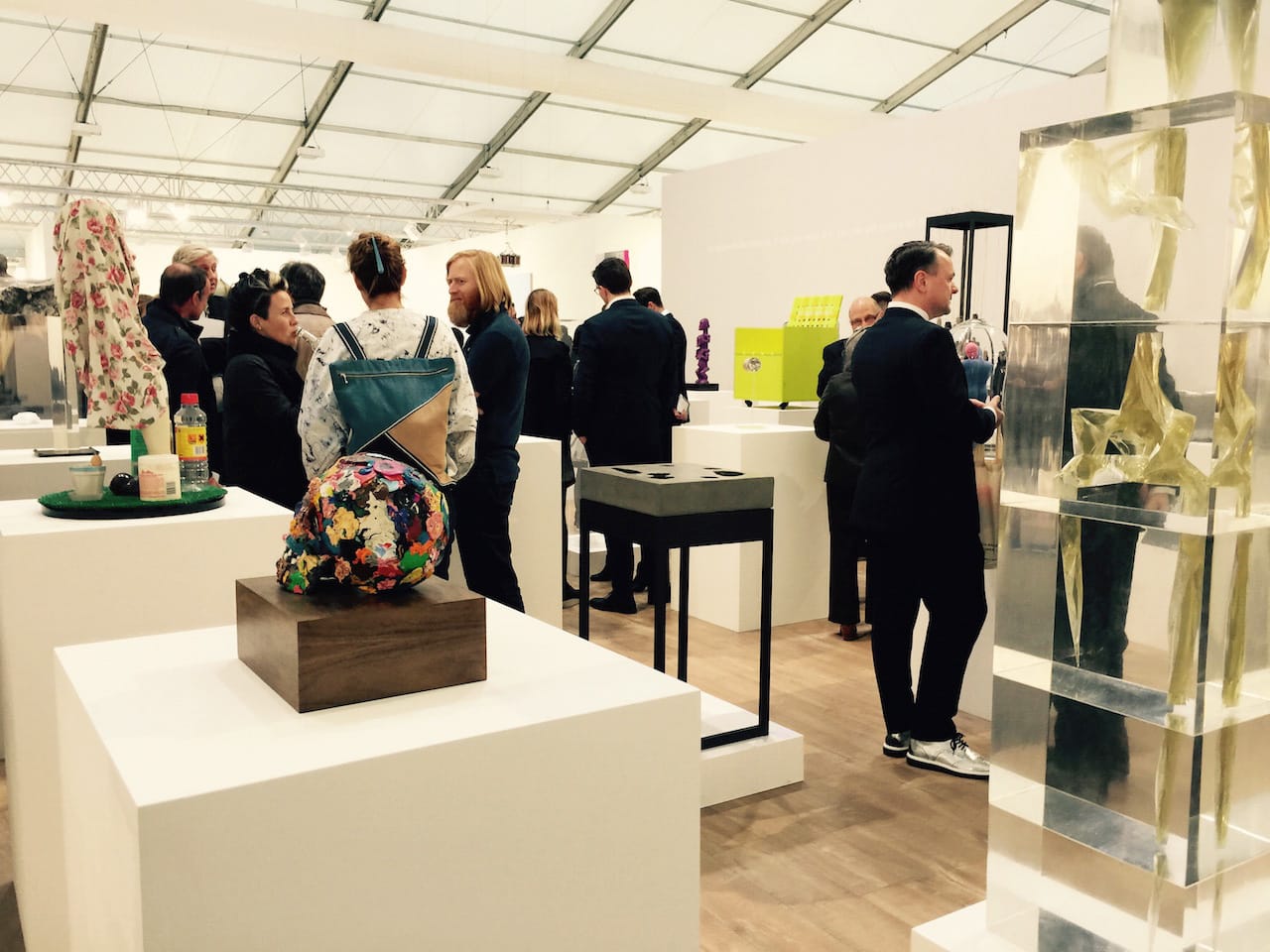Sussing Out Subtlety at the Frieze Art Fairs in London
LONDON — Last year was my first Frieze London fair, and I was baffled that it could seem so desultory, given that it was chock-a-block with pointlessly novel artworks.

LONDON — Last year was my first Frieze London fair, and I was baffled that it could seem so desultory, given that it was chock-a-block with pointlessly novel artworks. Perhaps if I’d have seen the Helly Nahmad installation at Frieze Masters? But this year, Frieze was fun, varied, inventive, thoughtful, even encouraging. And I made it to Nahmad’s meticulous Frieze Masters evocation of a Swiss asylum, as a space for showcasing works by Jean Dubuffet.

Local reviewers thus far have already acknowledged Nahmad (perhaps to the extent of ignoring the art he’s showing) and have homed in on other curiosities. Among them: Ken Kagami’s free drawings of visitors’ genitals; the large Felix the Cat inflatable (a sculpture by Mark Leckey in the Galerie Buchholz booth); and AYR’s “smart bedrooms” — considerately offering a chance to recline and recharge one’s cell phone.
But we see and write what we want, and I decided to ignore the things I didn’t care about. So I saw quite a lot of sculpture carved from marble or alabaster; small-scale photographs; text-related works; arte povera kinds of works; installations of ceramic and concrete objects; defiantly analogue works on film; and just plenty of smartly selected, witty sculptural works. And, wonderfully unintentionally, I ended up being attracted most often to works that were made by women.


Frith Street Gallery’s strong presentation at Frieze was dominated by a large Cornelia Parker grid piece, laid out flat on a platform. There were several other grid-formatted works by Parker in various media, with her choices reflecting her social concerns, but what attracted me were Tacita Dean’s small, uncanny Cibachrome images of stone figures in outdoor settings. I also was drawn irresistibly to Massimo Bartolini’s paired pieces of carved alabaster, in the form of A4 sheets of paper. I suppose you need to be, as I am, in love with intimate scale matched by audacious understatement to go for such things, but “Left Page, Right Page” stole my heart. Then, in Frieze Masters, I found a complement to Bartoloni: an eighth- or ninth-century Langobardic relief that had been reused as a memorial stele during the Renaissance.
Speaking of audacity, Georg Kargl Fine Arts featured two of Carl Andre’s typewriter pieces. They weren’t placed very conspicuously, but couldn’t be ignored, either. Hovering nearby, Clegg & Guttmann’s nearly life-size photograph of a primly seated Leo Castelli summed up the dynamic of this year’s presentations at Frieze London and Frieze Masters: the intergenerational relationships between artworks and artists.

Hugely exciting for me was one of Richard Artschwager’s classic, cubic, Formica-clad table pieces. It was part of a monographic installation in the Gagosian booth at Frieze Masters — probably the least ingratiating of the set pieces that galleries have begun constructing. It was a good overview that left people room to back up without bumping into the sculpture. By way of complement to Artschwager’s materiality, Do Ho Suh’s filmy, architectonic objects and environments, were being shown by Victoria Miro and at least one other dealer.

Although Louise Bourgeois was present via a broad spectrum of her works — including a haunting, pinkish marble sculpture of an arm with hands at each end — the senior artists I was excited to see represented were Betty Woodman and Sylvia Sleigh. Woodman seems to be regaining recognition as a major US ceramist and representative of Pattern and Decoration, rather than simply as the mother of Francesca Woodman. And Sleigh’s cabinet-sized paintings on canvas, shown by Freymond-Guth, were almost unbearably evocative of a moment in British art. Prior to departing permanently for New York, Sleigh visited the ruins of the Crystal Palace Garden and painted its bits of statuary.

Another favorite piece was Richard Deacon’s “North 8” (2006) at Galerie Thaddaeus Ropac. It was placed directly on the floor — a gnarly clay object covered with viscous-looking white-and-brown glaze. I was concerned about it being damaged by someone who didn’t notice it, but also concerned about someone injuring themselves on it. Perhaps if it had been guarded by Miroslaw Balka’s “200x60x24” (2001) it would have seemed less perilous.

Lastly, Cerith Wyn Evans’s sound and picture installation in honor of Luis Barragán mixed projections from two carousels of slides with recordings from the late architect’s LP collection. Barragan kept a record player in each room of his house, but most had broken down. When I learned that Evans had each of them repaired and put back into place, I was even more moved than I’d been when sitting inside the installation. Sometimes the generosity of artists is their greatest work.


Frieze London continues in Regent’s Park through October 17. Frieze Masters, also in Regent’s Park, continues through October 18.




